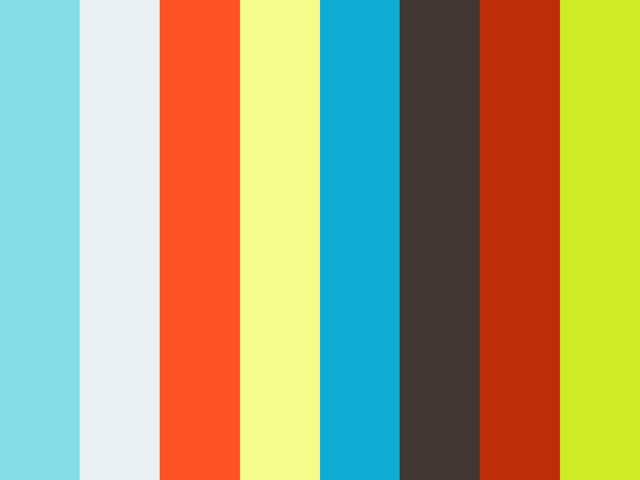
Children & Pediatric Eye Care
Clear vision | Comfort | Style
Clear Vision, Bright Future
OHIP Covers Children’s Eye Exams Every Year Until the Age of 19
Early Detection is Key
We begin eye examinations for children as young as 6 months old. These exams are specially designed to assess developmental milestones and identify potential vision issues that can impact learning and behaviour.
Beyond Basic Vision:
Children's eye exams go beyond standard adult checks.
We carefully evaluate factors unique to children, ensuring optimal
visual development.
The Link Between Vision and Learning:
Did you know that 80% of learning is visual? Undetected vision problems can lead to difficulties with reading, spelling, handwriting, and concentration. In fact, 1 in 4 children have a vision problem that could impact their learning. Regular eye exams can prevent misdiagnosis of learning or behavioural disabilities.
Recognizing Potential Issues:
If your child experiences headaches, blurred vision, fatigue, difficulty with near work, or avoids reading, they may have binocular vision or visual processing dysfunction. Our optometrists can assess these concerns and recommend appropriate solutions, including vision therapy.
OHIP Coverage:
Take advantage of OHIP coverage for annual children's eye exams up to age 19. Ensure your child has the clear vision they need to thrive in school and beyond.
Schedule Your Child's Eye Exam Today!
-
The Canadian Association of Optometrists recommends that infants have their first eye exam between six and nine months of age. Follow-up exams are typically recommended around age three and again before starting school (around age five or six), and then annually thereafter.
-
Early detection and treatment of vision problems in children are crucial for their visual development, learning, and overall well-being. Many vision problems in children have no obvious symptoms, so regular eye exams are the best way to identify and address any issues.
-
Some signs that your child may have a vision problem include:
-Squinting or tilting their head
-Holding books or devices very close to their face
-Rubbing their eyes frequently -Complaining of headaches or eye strain
-Difficulty concentrating in school
-Avoiding reading or other close-up activities
-Double vision or blurred vision
-Poor eye-hand coordination
What to Expect During Your Child's Eye Exam:
We understand that eye exams can be a new experience for children and parents alike. Our comprehensive exams are designed to be thorough yet gentle, ensuring we get a complete picture of your child's eye function and health. Here's a breakdown of what we'll test for:
Movement & Alignment
We'll assess how your child's eyes move and work together. This is important for coordination and depth perception.
Refraction: The Need for Glasses
Even infants can have their vision assessed! We use specialized tools to check for the need for glasses, and for older children, we'll ask them to compare lenses to find the best prescription.
Visual Perception & Color Vision
We'll assess how your child's brain interprets visual information and test their color vision.
Pupil Assessment
We'll check how your child's pupils respond to light, ensuring they're healthy and functioning correctly.
Focusing Ability Accommodation
We'll check how well your child's eyes can focus at different distances, which is essential for reading and schoolwork. Difficulty focusing can lead to eye fatigue and learning challenges.
Ocular Health Health
We'll examine the front and back of your child's eyes to ensure they're healthy. This is similar to an adult exam but adapted to your child's age.
Visual Acuity
We'll assess your child's vision at various distances using pictures or shapes for younger kids and different tools for all ages.
Eye Coordination
We'll evaluate how well your child's eyes work together. Good eye coordination is crucial for reading, sports, and avoiding issues like double vision or skipping words.
Drops for a Deeper Look:
In some cases, we may use eye drops to widen the pupils. This allows us to get a better view of the retina and accurately determine if glasses are needed. A cycloplegic exam, which also uses drops, helps us relax the focusing muscles for a more precise measurement.
LENS PROGRAMS FOR CHILDREN
A program for students in Junior Kindergarten.
It provides a free pair of glasses and lenses if needed.
This program was developed by the Ontario Association of Optometrists and the Government of Ontario to raise awareness to teachers and parents to have their children's eyes checked by an optometrist before school.
Eye See Eye Learn (ESEL)
A program that includes a second set of lenses at no extra charge for fast growing children. This is great for those who may have prescription changes, damage their lenses, lose their glasses, or just to get back up pair.
Available for kids 16 and under
The second set of lenses may be used right away as a back up pair of glasses or anytime within 16 months of purchase for any reason













